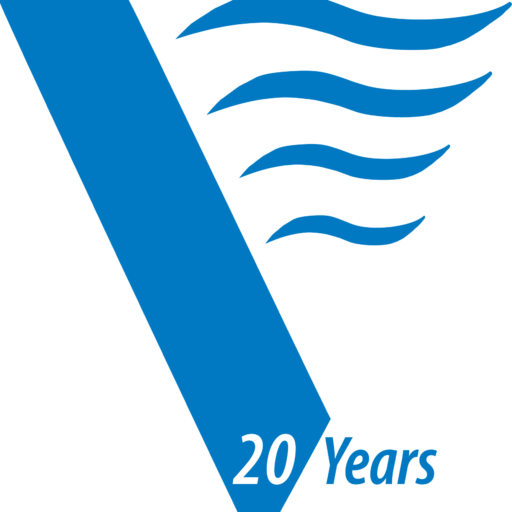A Vortex (end-of-tubing) DX-I tool was installed at ~9,500 feet in a Cotton Valley deviated (49.65°) gas-lift operated well in Louisiana. The addition of Vortex increased both flush and long-term production of oil, increased daily gas to sales by 18% (from a 22% lower injection gas rate), and lowered tubing pressures by 10%. PDF

